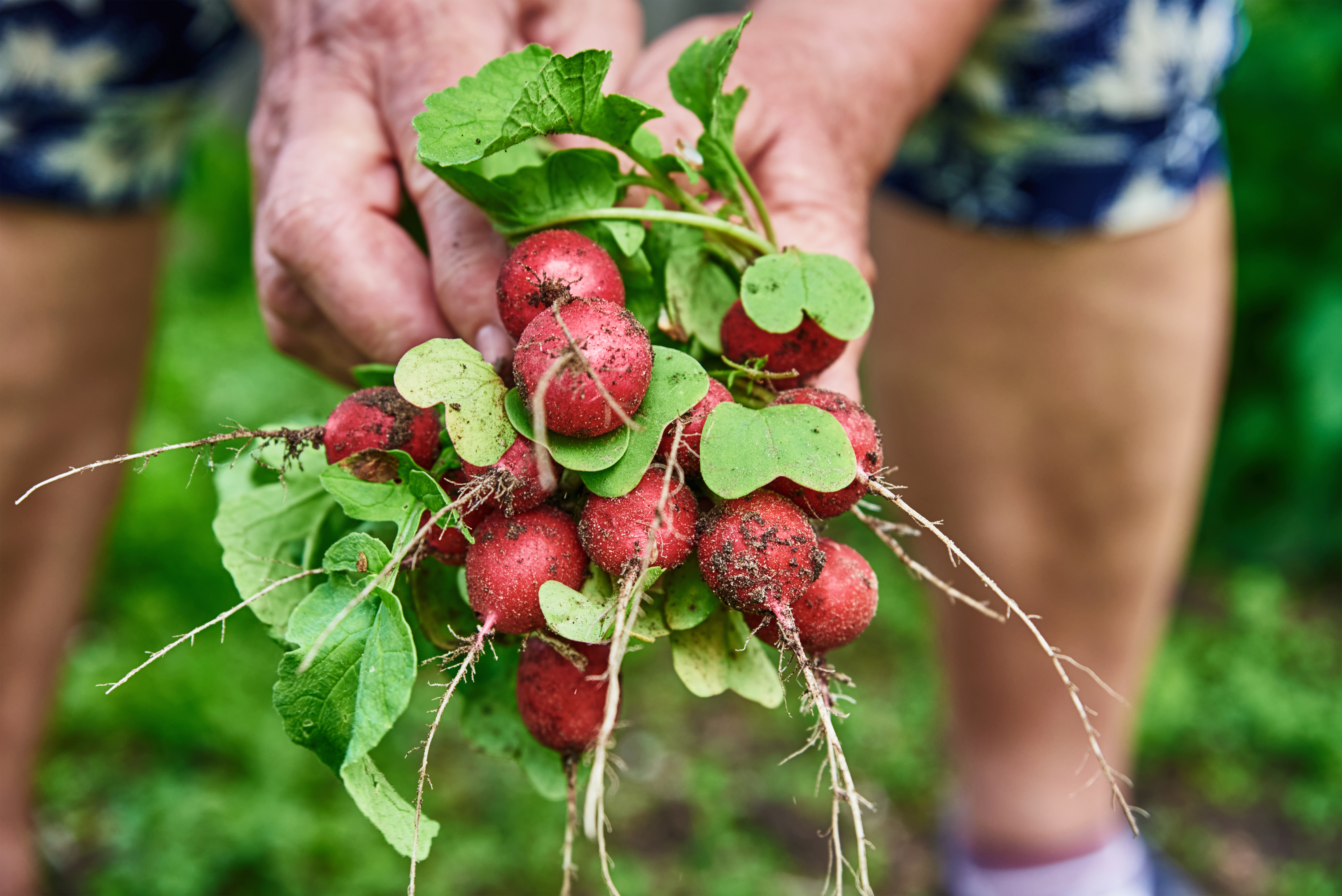10 Foods That Were Originally Meant to Be Something Else
In the vast tapestry of human history, food has played a central role in survival and cultural evolution. The journey of food from its wild origins to its place on our plates is a narrative of adaptation, innovation, and sometimes, serendipity. Many of the foods we take for granted today have undergone fascinating transformations, finding new destinies that our ancestors never imagined. This article embarks on a journey to uncover the surprising origins and evolutions of 10 such foods, shedding light on how they have been reimagined and repurposed over time. From humble beginnings as foraged roots or fruits to becoming staples in global cuisines or even the basis of entirely new industries, these foods tell stories of human ingenuity and the ever-changing relationship between mankind and nature. As we delve into each section, we'll explore how historical events, cultural exchanges, and scientific advancements have shaped the destinies of these foods, transforming them into the beloved ingredients we know today.
1. Radishes: From Medicinal Root to Culinary Delight

Radishes, those crisp and peppery root vegetables, have a history that dates back to ancient civilizations. Originally cultivated in Southeast Asia, radishes were primarily valued for their medicinal properties. Ancient Chinese and Egyptian texts reference radishes as remedies for various ailments, including digestive issues and skin disorders. It wasn't until the vegetable made its way to Europe that it began to be appreciated for its culinary potential. The Greeks and Romans were among the first to incorporate radishes into their diets, often serving them with honey and vinegar as a palate cleanser. As trade routes expanded, radishes travelled to different parts of the world, adapting to new climates and culinary traditions. In Japan, for instance, the daikon radish became a staple, used in everything from pickles to soups. In Mexico, the annual Night of the Radishes festival celebrates the vegetable with intricate carvings and elaborate displays. Today, radishes are versatile, enjoyed raw in salads, roasted as a side dish, or even fermented. Their journey from a medicinal root to a culinary delight highlights the dynamic nature of food evolution, driven by cultural exchanges and human creativity.